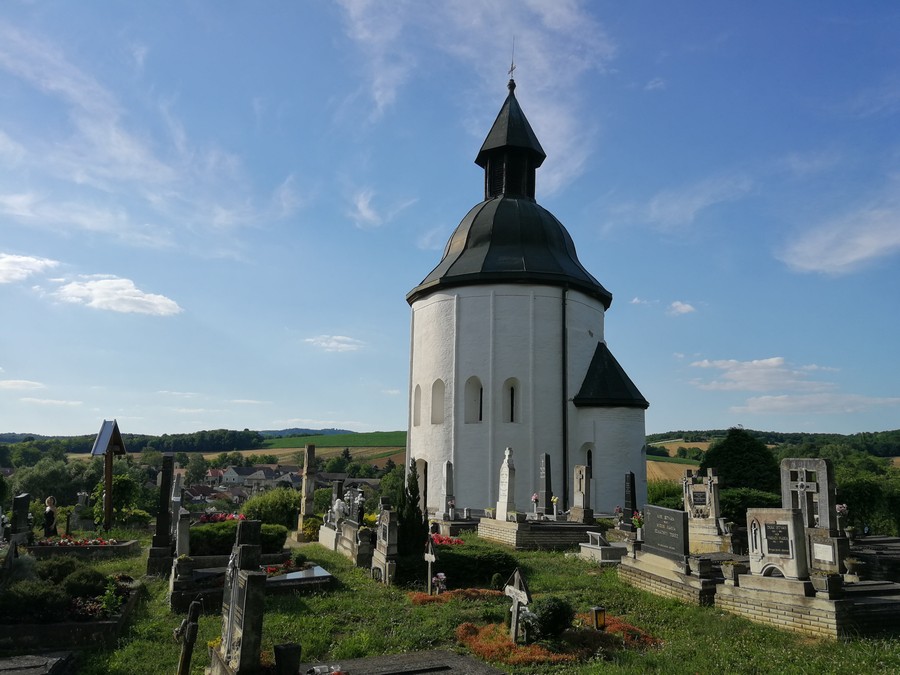Before a pleasant wellness day in the Thermal and amusement bath in Kehidakustány you can visit the most important monument of the village, the Deák House. It was the permanent residence of the “sage of the country” for 46 years. A pleasant walk, about 2 km, will lead you to the Deák Fountain, the water of which is still drinkable today. The St. George Line, known in Eastern culture as the Dragon Line, runs along the well and is said to have a positive effect on the immune system. The main attraction of nearby Kallósd is the 13th century Romanesque-style round church of St. Anne (Rotunda).
Climb to the top of St. Michael’s Hill in Vonyarcvashegy to the chapel, which according to legend was built by 40 fishermen to commemorate their miraculous escape. The chapel is surrounded by old graves and huge pine trees. From the hill, which sticks out into Lake Balaton almost like a peninsula, there is a magnificent view of Lake Balaton, Keszthely Bay and the southern shore.
Balatonfüred is one of the most famous spas in the country, known for its acidic water. The development of the town began in the reform period, when it was a meeting place for progressive politicians and artists. Its symbol is the round domed church. The Lóczy Cave, a 50 m long section of which can be visited with a guide, is surrounded by spectacular limestone layers and was hollowed out by the warm water coming from the depths. Nearby is the Jókai lookout tower and several nature trails, but an ice cream on the Tagore Promenade is also a must. Here you can also visit the Bodorka Visitor Center, where you can observe Lake Balaton and marine fish through aquarium glass, or the Sailing Museum, where you can even witness a Balaton storm in the simulator.
Tihany, the only, volcanic peninsula on Lake Balaton, was founded in the Middle Ages. Here is the Benedictine Abbey of Tihany, which was built by King Andrew I in 1055. It is the only royal burial place in the country that has remained undamaged. After its destruction by the Turks, the church was rebuilt in the Baroque style in the 18th century. The ‘Lavender House’ Visitor Center, on the shore of the Inner Lake, presents an interesting thematic and interactive exhibition about the peninsula for the whole family.

 HU
HU DE
DE PL
PL CZ
CZ






